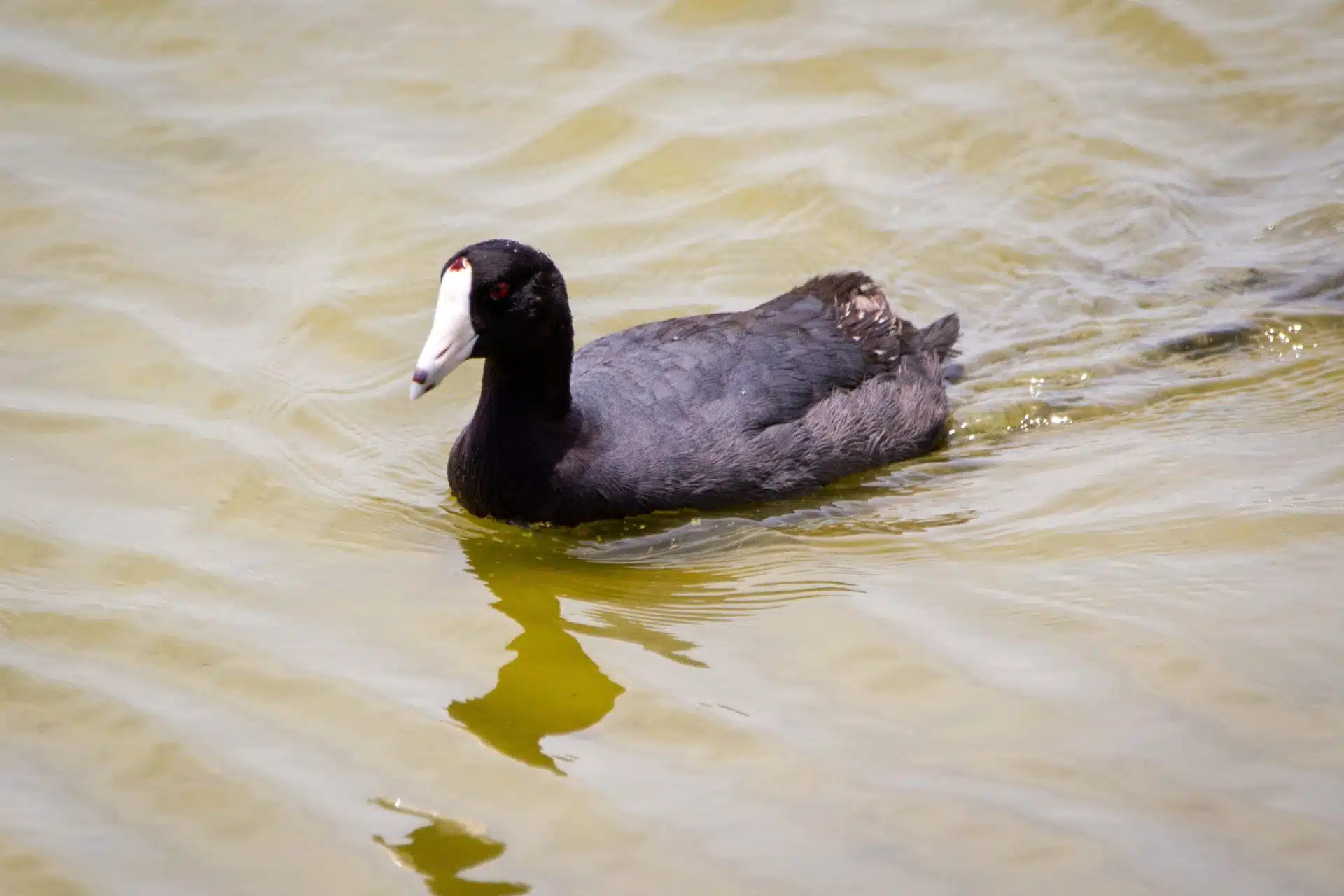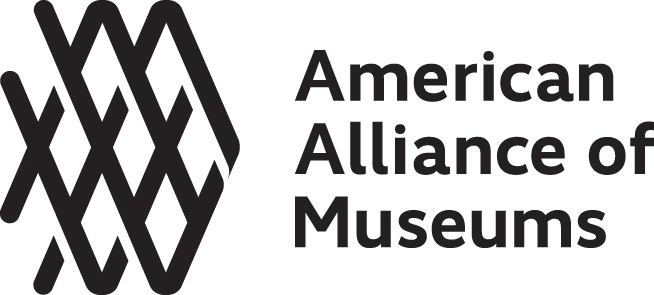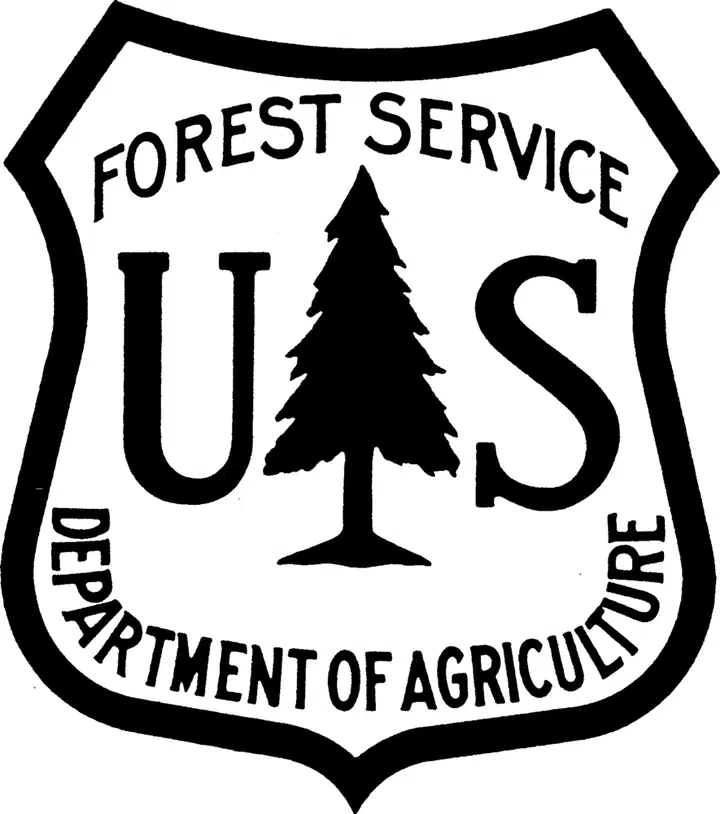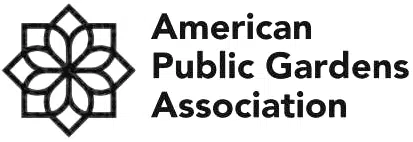Nature Profile
Birds
American Coot
Fulica Americana

American Coot
Voice: Loud variety of harsh cackles, grunts, and croaks. The most common sound is a
loud “kuk, kuk, kuk.”
Frequently found in open marshes, wetlands, ponds, lakes, american coots are usually
seen in flocks close to shore. In the east, American Coots are very rare nesters. In Ohio
they appear mainly in the fall, winter and spring but can nest locally in some areas. They
can be easily recognized by there dark round body and white beak. They also can be seen
fairly easily from a distance by their bobbing heads. They move their heads while
swimming on the surface of the water or walking on the ground. They are commonly
referred to "marsh hen" or "mud hen" because of their chicken-like beak and the way
their heads bob when they walk or swim.
Although american coots swim like ducks, they are not actually ducks. They are part of
rail family. They do not have webbed feet like ducks. American coots’ toes are lobed at
each segment. The main purpose of the lobed toes is to help the coot run across the water.
They have to apply a great deal of effort to become airborne, pedaling across the water
with their lobed feet before lifting off into the sky. Their feet are also good for walking
on top of vegetation in marshes and on dry land when they're looking for food.
In addition to finding food on the ground, american coots can dive up to 20 feet for their
food. They are omnivorous, eating both plant and animals. Their carnivorous diet
includes snails, insects, small fish, and other aquatic animals. Their herbivorous diet
includes algae, seeds, and aquatic roots. American coots are also opportunistic feeders.
They will feed by taking leftovers from other species such as dabbling ducks, or they will
steal plants brought to the surface by diving ducks such as canvasbacks.
American coots are territorial during the breeding season. Both males and females will
defend in a small territory against other incoming birds. Their nests are built by both
sexes. American coots can build up to nine floating platform nests in well-concealed tall
reeds. Their nests are made of aquatic plant stems. The female coot usually lays 6-12 pale
buff-stone eggs with brown or black spots in one or two nests. The other nests are used as
platforms for young coots to rest. Both parents will incubate the eggs. The chicks are
able to swim soon after they hatch and will follow the parents to be fed. The young are
fully independent at 2 months. Pairs may have one to two broods per year.
According to The National Audubon Society “Global warming is the greatest threat
to birds and other wildlife in human history. The rate of global warming is
already impacting birds, their prey, and their habitat. Those impacts will become
more severe over the coming decades, leading to the loss of one-quarter to onethird of all species on earth, including many bird species.” Global warming has
impacted the american coots. They are common and widespread in their range.
However in Ohio, studies have shown coots move to their breeding range about half
a month earlier and leave for winter quarters the same time later than they did 100
years ago. There is also an increased amount of coots staying year-round near their
northern limit of their range. The long term impact of these changes to the american
coot and other breeding birds with similar patterns is unknown. To help the
american coot and other bird support federal leadership efforts to curb global
climate change and make choices that will help reduce carbon output.




